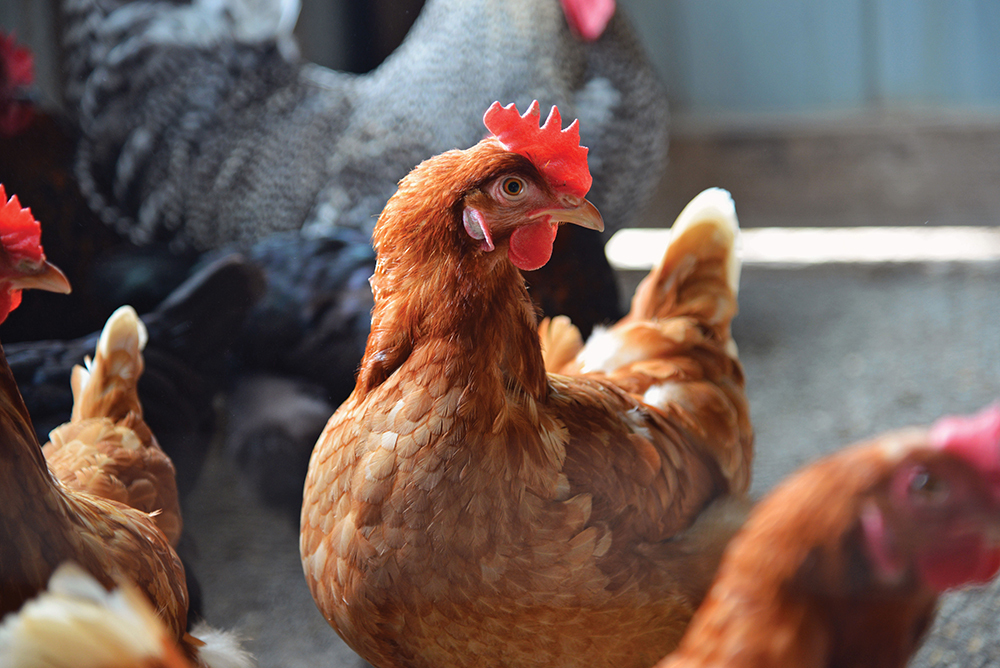NBB partnerships strong on World Food Day

November 17, 2014
BY The National Biodiesel Board
During World Food Day, the National Biodiesel Board joined soybean stakeholders in sharing the message of soy’s role in feeding a growing population.
“The world has a protein gap that needs to be filled,” said American Soybean Association World Initiative for Soy in Human Health Chairman Andy Welden. “Our crop offers soybean meal for livestock feed and human food, which, at the same time, creates an abundant supply of soybean oil for biodiesel.”
While biodiesel’s positive impact on the food supply is further down the list of benefits most people name for America’s advanced biofuel, behind things like energy security and environmental benefits, the impact certainly isn’t insignificant. Increased biodiesel production benefits poultry and livestock farmers as more soy oil is processed for biodiesel production, more meal is available for livestock feed. Recent analysis estimated livestock producers paid $25 per ton less for soybean meal due to the biodiesel industry’s demand for soybean oil.
Advertisement
Along with reducing the cost of livestock feed, biodiesel also adds value to animal fats, which have been a consistent biodiesel feedstock source. More than 1.1 billion pounds of animal fats were utilized in biodiesel production in 2013 by U.S. companies, representing 25 percent of total animal fats produced. Over the past five years as U.S. exports of animal fats have significantly declined, the demand for fats and oils for biodiesel production increased the value of beef tallow an average of $567 million a year, pork fat an estimated $165 million, and poultry fat by more than $51 million, making the production of animal protein more economical.
NBB partnered with the American Soybean Association’s World Initiative for Soy in Human Health, and state soybean checkoff boards from eight states to develop and distribute educational resources. World Food Day was established by the Food and Agriculture Organization of the United Nations and is observed Oct. 16.
Advertisement
Related Stories
The USDA maintained its outlook for 2025-’26 soybean oil use in biofuel production in its latest World Agricultural Supply and Demand Estimates report, released Aug. 12. The forecast for soybean oil prices was also unchanged.
U.S. soybean production for 2025 is forecast at 4.29 billion bushels, down 2% when compared to last year, according to the USDA National Agricultural Statistics Service’s latest monthly Crop Production report, released Aug. 12.
California’s new specified source feedstock attestation requirement: A critical new compliance step for renewable fuel producers
As of July 2025, California’s SCFS requires renewable fuel producers using specified source feedstocks to secure attestation letters reaching back to the point of origin. This marks a significant shift in compliance expectations.
At the University of Missouri, plant biochemist Jay Thelen is using arabidopsis as a powerful model to explore ways to boost oil production — an important step toward creating more sustainable, plant-based energy sources.
Iowa farmers have a new market opportunity for their 2025 soybean crop. Landus is expanding its Clean Fuel Regulation initiative, made possible by recent policy changes expected to increase Canada's demand for liquid biofuel.
Upcoming Events










